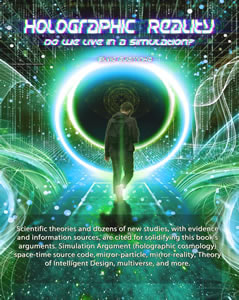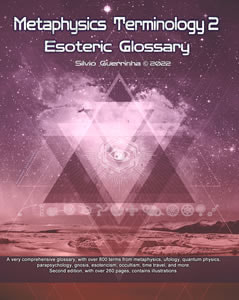About
What is Remote viewing?
Remote viewing (RV) is defined by parapsychology as the practice of seeking impressions of a distant target hidden from physical sight, using paranormal and extrasensory means. The term "remote viewing" was coined by physicists and parapsychologists Russell Targ and Harold Puthoff of the Stanford University Research Institute.
Remote viewing differs from ordinary scrying in that it follows protocols and requires further feedback on the target. However, both practices involve extrasensory perception and some kind of psychic ability.
The remote viewing process was first developed by Russell Targ and Harold Puthoff at the Stanford University Research Institute at the request of the CIA in 1972. The program — initially codenamed Scanate.
The show has gone through a number of changes over the years, both in structure and in name. Later codenames included Gondola Wish, Grill Flame, and in 1991 Stargate. Over twenty years, the United States has spent $20 million on the Stargate and related projects.
Types of Protocol:
ERV- External Remote Viewing: in which a person (the external) physically present at the target location acts as a "beacon" to identify the target location. This was one of the first protocols used in the SRI (Stanford Research Institute) program.
CRV- Coordinated Remote Viewing: Initially, target locations were described in terms of geographic coordinates, but later, any (non-descriptive) identification code used to identify a target to the viewer was accepted.
TRV - Technical Remote Viewing: a term registered by a company called PSI TECH, based on VRC.
ARV- Associative Remote View: a variant that adds a level of indirection, specifically event-associated proxy targets to answer binary (yes/no) questions. Often applied to predict future events.
PRV-Predictive Remote Viewing: This method was created by researchers Simon Turnbull and Charles Scarf to predict changes in the stock market.
Read more here
Remote viewing differs from ordinary scrying in that it follows protocols and requires further feedback on the target. However, both practices involve extrasensory perception and some kind of psychic ability.
The remote viewing process was first developed by Russell Targ and Harold Puthoff at the Stanford University Research Institute at the request of the CIA in 1972. The program — initially codenamed Scanate.
The show has gone through a number of changes over the years, both in structure and in name. Later codenames included Gondola Wish, Grill Flame, and in 1991 Stargate. Over twenty years, the United States has spent $20 million on the Stargate and related projects.
Types of Protocol:
ERV- External Remote Viewing: in which a person (the external) physically present at the target location acts as a "beacon" to identify the target location. This was one of the first protocols used in the SRI (Stanford Research Institute) program.
CRV- Coordinated Remote Viewing: Initially, target locations were described in terms of geographic coordinates, but later, any (non-descriptive) identification code used to identify a target to the viewer was accepted.
TRV - Technical Remote Viewing: a term registered by a company called PSI TECH, based on VRC.
ARV- Associative Remote View: a variant that adds a level of indirection, specifically event-associated proxy targets to answer binary (yes/no) questions. Often applied to predict future events.
PRV-Predictive Remote Viewing: This method was created by researchers Simon Turnbull and Charles Scarf to predict changes in the stock market.
Read more here





